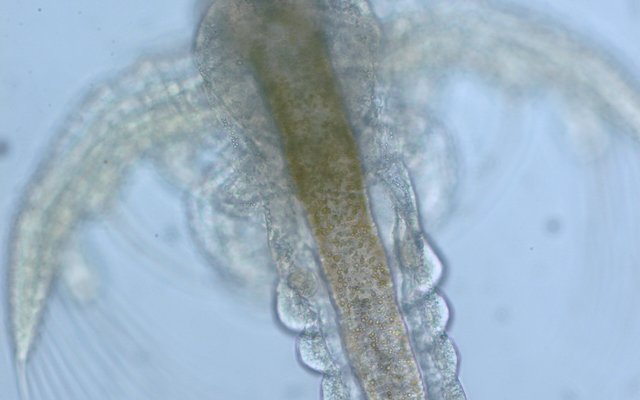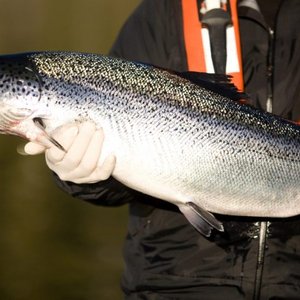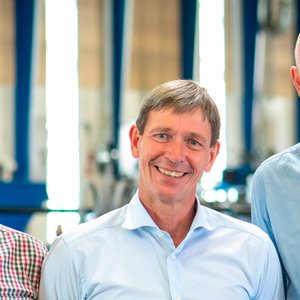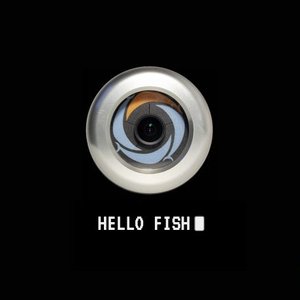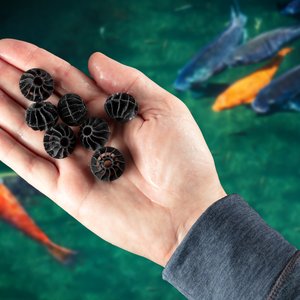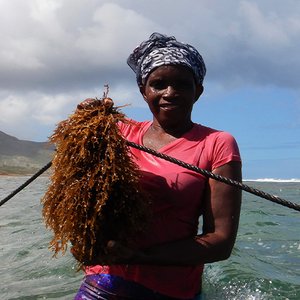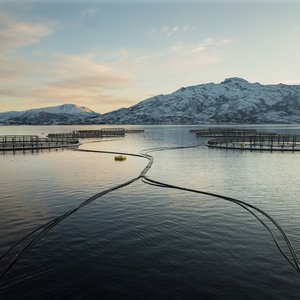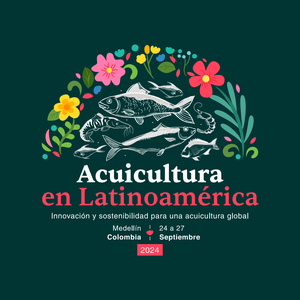The production of high-quality marine fish fry is limited by the low survival observed during the larval phase, which is often attributed to dietary deficiencies of the diets at first feeding. Despite progress made with live feed (i.e. rotifers, Artemia) and enrichments, little is known on the micronutrient requirements such as selenium.
Selenium is a critical component of several enzymes maintaining important biological functions such as cellular oxidation, and therefore, plays a key role in oxidative and stress status of marine larvae. The levels of selenium found in the larvae's natural diet (i.e. copepods) are generally higher than those of the enriched live preys used in hatcheries.
A team of researchers from the University of Stirling and the Spanish IATS-CSIC performed a study to establish a protocol to enrich Artemia nauplii with selenium using different inorganic (sodium selenite) and organic (selenoyeast) sources.
Results indicated that the use of dissolved sodium selenite, an alternative inorganic and cheaper form of selenium, did not increase the levels of selenium in the nauplii. However, the use of selenoyeast (Sel-Plex, Alltech) confirmed that it is possible to enrich the nauplii with targeted levels of selenium since this process followed a dose-response pattern with selenium enrichment ranging from 1.7 to 12.4 mg kg−1. Besides, the supplementation of Sel-Plex to the regular enrichment product did not impact on lipids and fatty acids enrichment irrespective of the dose dispensed.
Overall, this study contributes to the refinement of the live prey enrichment protocols that are critical to the success of marine finfish larviculture protocols.
Check out the study here.


